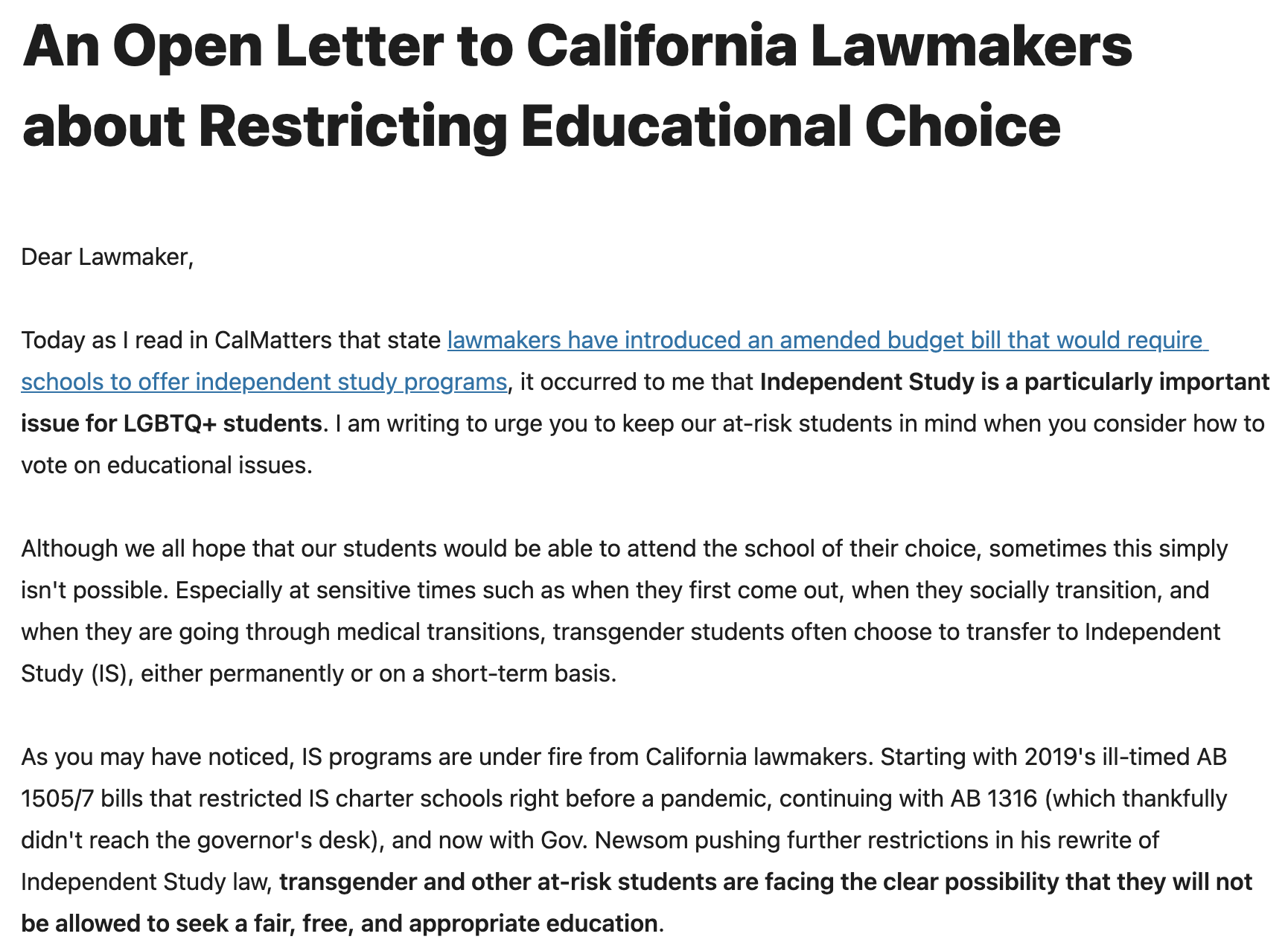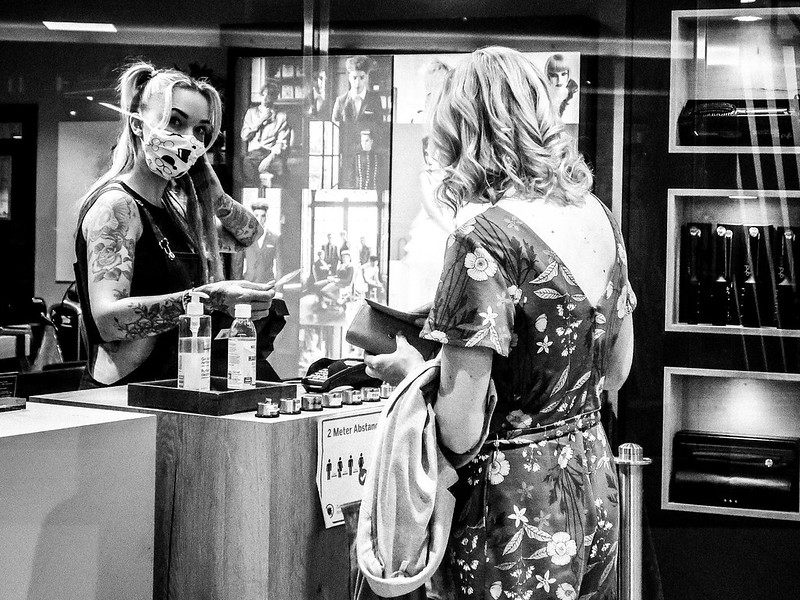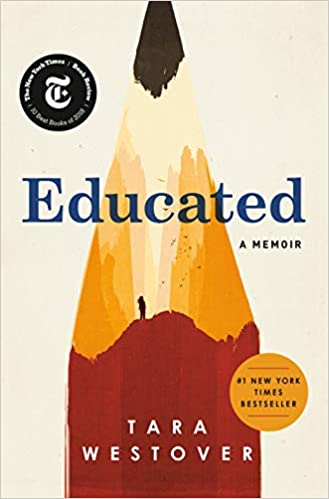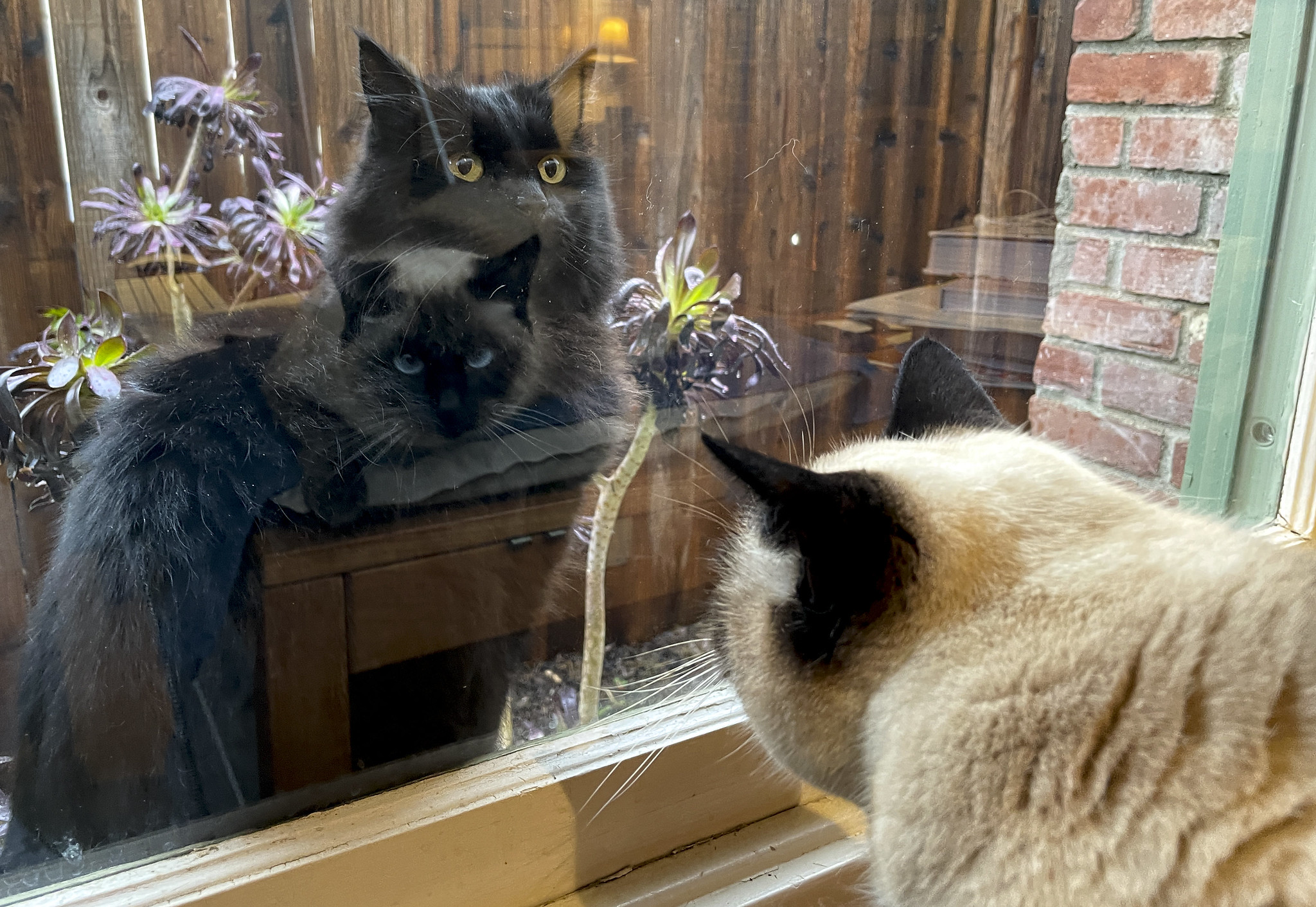Category: Psychology
-

Resist irrationality: fight or flight in a time without lions
We humans obviously needed our fight or flight response in the past. When faced with a hungry lion, we needed to be able to bypass our pre-frontal cortex “professor brain” and act quickly. But although fight or flight is very useful in situations of physical danger, it’s become maladaptive for modern times.
-

An Open Letter to California Lawmakers about Restricting Educational Choice
Dear Lawmaker, Today as I read in CalMatters that state lawmakers have introduced an amended budget bill that would require schools to offer independent study programs, it occurred to me that Independent Study is a particularly important issue for LGBTQ+ students. I am writing to urge you to keep our at-risk students in mind when…
-

As we progress, let’s not regress
I walked up to the front door of my health club and waited. The owner opened the door and beckoned me in; he was not armed with a touchless thermometer. “You can just walk in now,” he said. “Well, that makes your job easier,” I replied. “Yours, too!” he said. “Just scan your card and…
-

Educated: A belated book review
At the time it was published, I tried to ignore the chatter about “Educated” by Tara Westover. But this book is far from the “homeschooling as child abuse” story that I expected.
